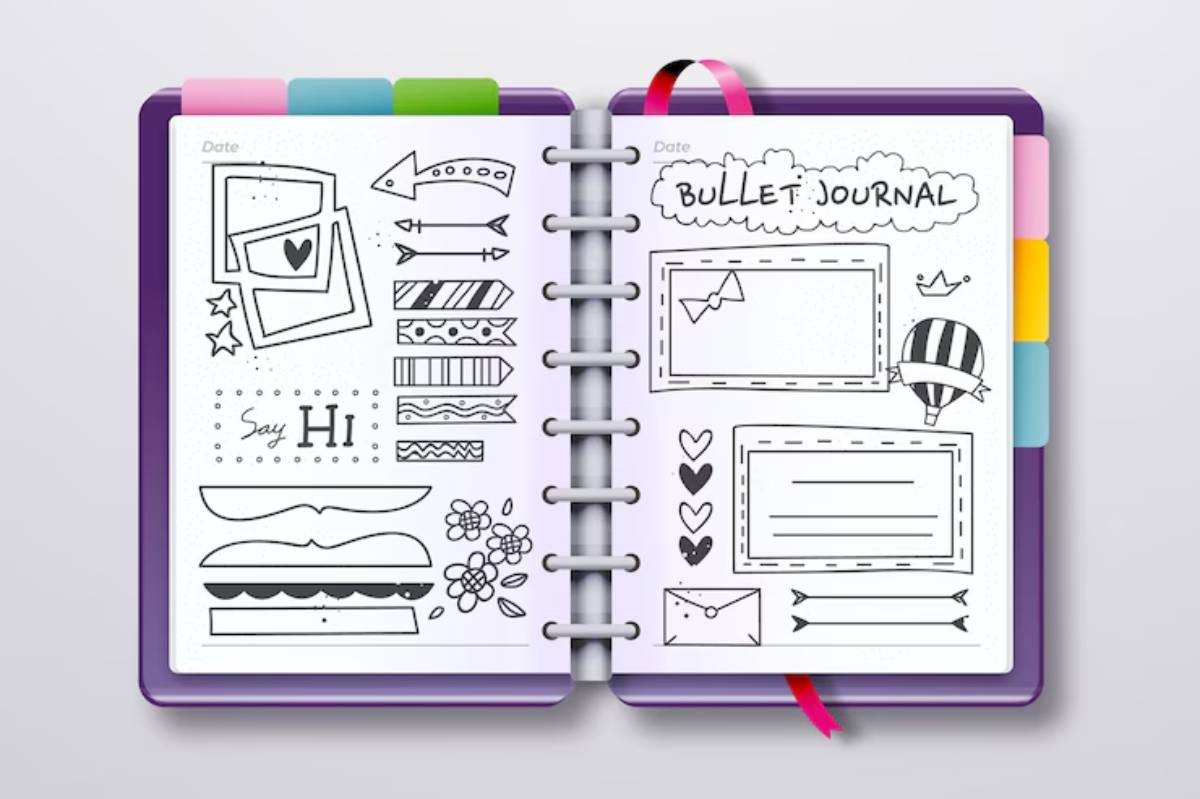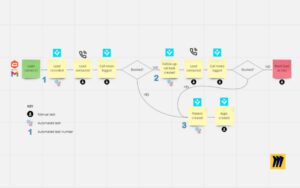The Personal Development Blog

Morning Journals and Planners CEOs Swear By
Before most people check emails or sip coffee, many CEOs are already writing — not emails or presentations, but a short set of focused notes in a journal or planner.
These aren’t passive habits. They’re clarity tools. From reducing mental clutter to sharpening daily execution, CEO journaling routines help turn intention into action.
This blog shows how writing just a few lines in the morning can transform your morning organisation and unlock true productivity. You’ll also find the top productivity planners CEOs rely on — and how to build a version that works for you.
Why CEOs Use Journals and Planners Every Morning
High-performing leaders don’t wing it. They write to think, focus, and lead.
What Journaling Does for Performance:
- Reduces cognitive overload
- Boosts mental clarity
- Encourages emotional awareness
- Prepares the mind for focused action
- Builds a habit of self-review and correction
A short daily practice sets the tone for every decision you’ll make.
What CEO Journaling Routines Actually Include
While each leader may customise their approach, most successful systems contain these three key elements:
1. Reflection
Write how you’re feeling, what worked yesterday, or one thing that surprised you. It clears emotion and creates space for logic.
2. Intention
Choose a guiding word or phrase for the day: Decide, Stay calm, Execute fast. This reinforces your mindset before your day begins.
3. Priority
Write your top 3 goals. Not your full to-do list — just the high-impact items.
This format takes under 10 minutes but reshapes your entire workday.
Top Productivity Planners CEOs Swear By
These tools simplify complex workloads and make clarity a daily habit.
1. The Full Focus Planner
Designed by Michael Hyatt, it helps set quarterly goals and align them with daily priorities. Ideal for structured thinkers.
2. The Productivity Planner
Built around the Ivy Lee Method and Pomodoro focus blocks. Perfect for managing distractions and time allocation.
3. The Five Minute Journal
Combines gratitude, goal-setting, and reflection in a minimalist format. Great for grounding your mindset.
4. Monk Manual
Blends task planning with mindfulness and reflection. Ideal for leaders who want to slow down while staying sharp.
5. Bullet Journals or Custom Notebooks

Highly flexible and popular with creative founders. Adapt your own layout and evolve it weekly.
How Morning Organisation Drives Real Results
Writing things down changes how you think. It turns scattered thoughts into clear direction.
The Benefits CEOs Report:
- Clearer strategy before distractions arrive
- More control over time and decisions
- Increased follow-through on critical tasks
- Better stress control and emotional clarity
- More presence in meetings and conversations
Planning isn’t just about lists — it’s a leadership habit.
Morning Journal Template (10 Minutes Total)
Use this framework to create your own morning writing habit:
- Gratitude (1 min) — Write one thing you’re thankful for
- Energy rating (1 min) — Low, medium, or high — and why
- Focus word (30 sec) — One word to guide your mindset
- Top 3 priorities (3 mins) — Tasks that move the needle
- Meeting notes (2 mins) — What to get from each one
- Check alignment (2 mins) — Do today’s actions match this week’s goals?
Repeat daily. Adjust weekly. You’ll feel the shift within days.
Common Mistakes to Avoid
Even journaling can go off-track. Avoid these traps:
- Overcomplicating your format — keep it simple
- Only writing to-dos — include mindset and reflection
- Changing tools too often — stick with one for at least a month
- Skipping on busy days — those are the days you need it most
- Judging your writing — this is for clarity, not perfection
How to Build the Habit (and Keep It)
New habits stick when you reduce friction.
Make It Easy:
- Keep your journal next to your coffee mug or laptop
- Start with just one sentence a day
- Use the same template each morning
- Track 7-day and 30-day streaks
- Celebrate consistency, not detail
In time, it becomes a mental reset you won’t want to skip.
Stacking Morning Journaling with Other CEO Habits
Journaling works even better when paired with a few other high-performance habits.
The Morning Stack:

- Wake
- Hydrate
- Stretch for 2–5 minutes
- Journal for 10 minutes
- Review daily calendar
- Block time for deep work
- Start the day with purpose
This rhythm helps you lead, not react.
Why CEOs Choose Paper Over Digital
Digital tools are fast. But paper makes you present.
Benefits of Writing by Hand:

- Helps you think slower and deeper
- Creates visual clarity without distractions
- Builds memory and goal connection
- Makes reflection feel more intentional
That’s why many CEOs stick to paper, even in a digital world.
What Writing Every Morning Does Over Time
Journaling is not just about today. It creates data you can review, patterns you can learn from, and progress you can track.
Over Weeks and Months, You’ll See:
- Fewer repeat mistakes
- Better emotional control under pressure
- Clearer thinking during major decisions
- Higher execution on your top goals
- A better connection to your long-term vision
Writing isn’t just for insight — it’s for momentum.
Monthly Reviews: The CEO Advantage
Top performers don’t just write. They reflect.
End-of-Month Prompts:
- What worked best this month?
- What goal slipped — and why?
- What habit helped me focus most?
- What will I change next month?
Add this 15-minute review monthly to your journaling routine for ongoing refinement.
Journaling for Emotional Intelligence
This isn’t just about productivity. Writing improves how you manage and express emotion.
Use Your Journal To:
- Track triggers and reactions
- Build awareness around stress or energy
- Identify recurring negative patterns
- Reframe thinking in tough weeks
Many CEOs use writing to centre themselves before major decisions.
The Power of Routines in Leadership
Your morning journal becomes more than paper. It becomes a pause. A moment to lead with clarity before chaos begins.
You don’t need hours. You need 10 focused minutes. And the return? Clear direction, stronger execution, better leadership.
Write It Before You Lead It
Great CEOs don’t leave their day to chance. They begin with clarity — and that starts with writing.
Whether you use a Five Minute Journal, a bullet planner, or a custom notebook, your morning organisation drives how you lead.
Journaling isn’t a trend. It’s a system. A simple, repeatable tool that sharpens your brain and your performance.
So tomorrow morning, don’t just drink coffee. Write. Prioritise. Decide. And lead with intention — on paper first.
Learn more about building a bulletproof morning agenda.









